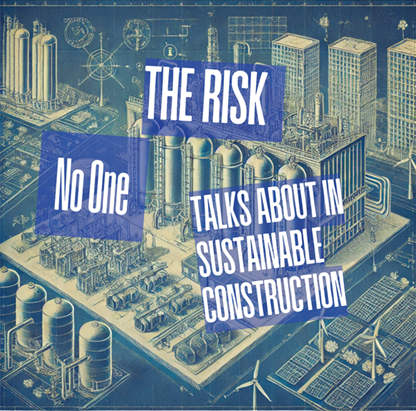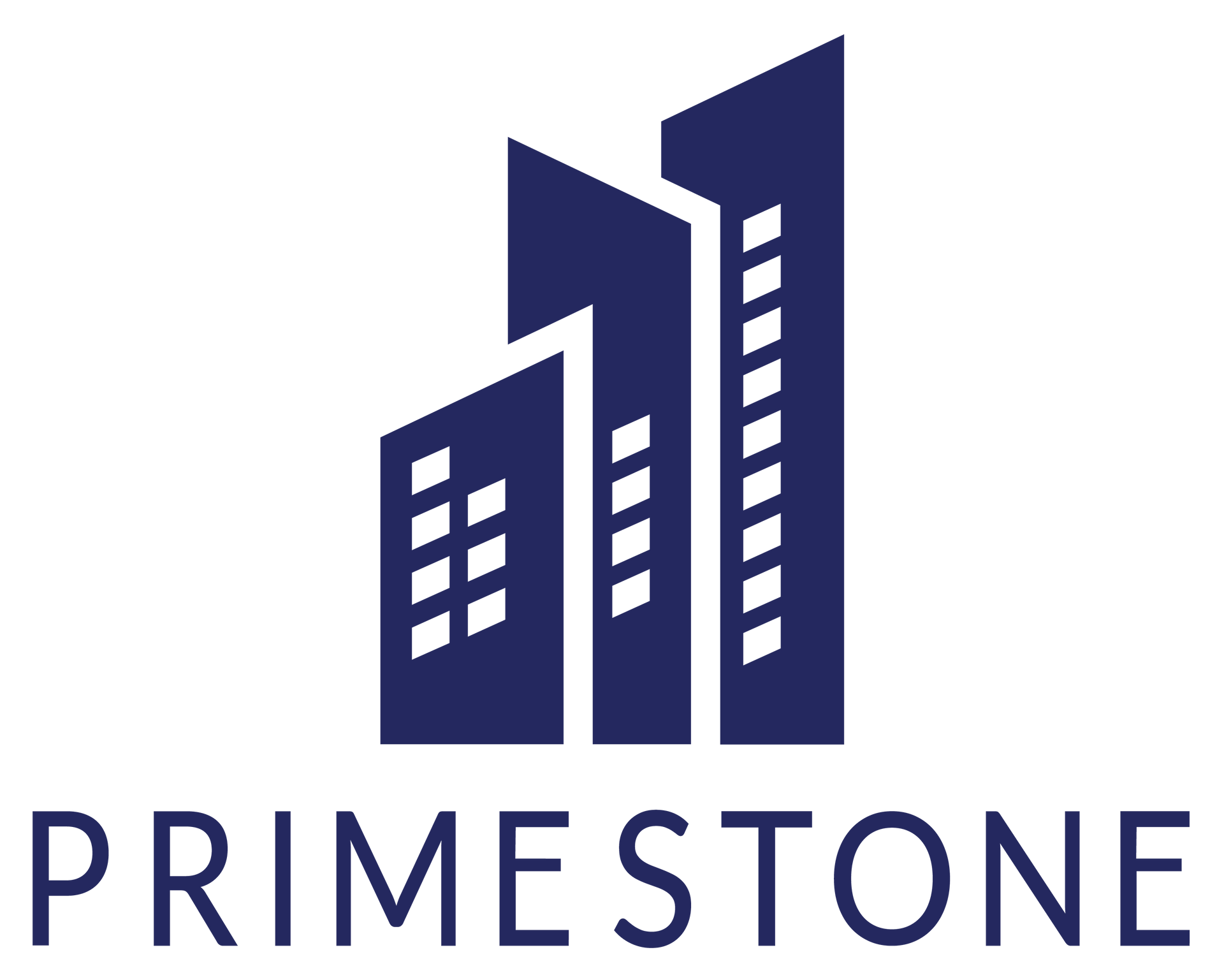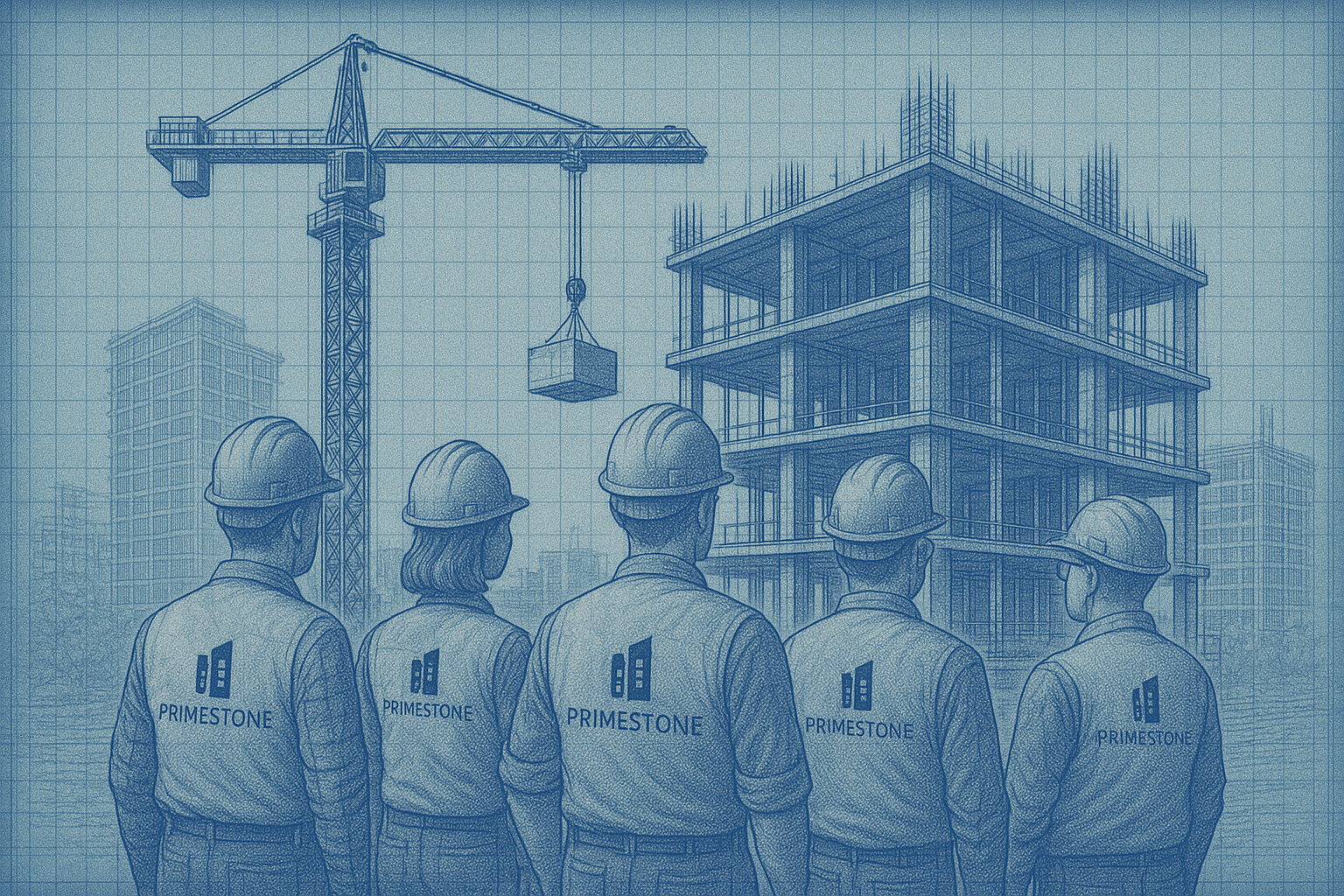Welcome to the Team - Kirk Miller
🚀 Meet the Team | Introducing Kirk Miller, Senior Vice President and Senior Cost Estimator

With more than 25 years of experience under his belt, Kirk is one of the most trusted names in cost estimating and preconstruction. He’s led cost efforts on everything from federal courthouses and embassies to racetracks, museums, and medical centers, always bringing sharp strategy, scope clarity, and budget alignment to the table.
He doesn’t just run numbers. He bridges the gap between drawings and decisions, keeping clients and teams in sync from day one.
We asked Kirk a few questions to help you get to know him better:
🔍 What’s your favorite part of the estimating process?
"My favorite part of the estimating process is definitely the teamwork, especially when working closely with clients. Collaborating with them not only helps refine the estimate but also builds a stronger relationship. By understanding their needs, priorities, and any challenges they’re facing, you can tailor the estimate to be as accurate and realistic as possible. It’s rewarding to help clients feel confident in the process and know that you’re all working together to achieve a common goal."
🏛️ One project that’s stayed with you over the years?
"While certainly not the oldest, being part of the team helping support the construction of the new Australian Embassy in DC by providing cost management will be one project that I will never forget. Starting construction right before the pandemic brought so many unpredictable factors (supply chain disruptions, labor shortages, rising material costs) all of which made cost management particularly challenging. Ultimately, we adapted to the situation as a team and worked together to complete the project."
🍳 What’s one thing people might be surprised to learn about you?
"I started school wanting to be an electrical engineer because I was fascinated by technology. However, as I progressed, I became more interested in the broader aspects of construction, like managing projects and coordinating teams. I realized that construction management better aligned with my skills and interests, so I made the switch."
Welcome aboard, Kirk. We’re lucky to have you!
